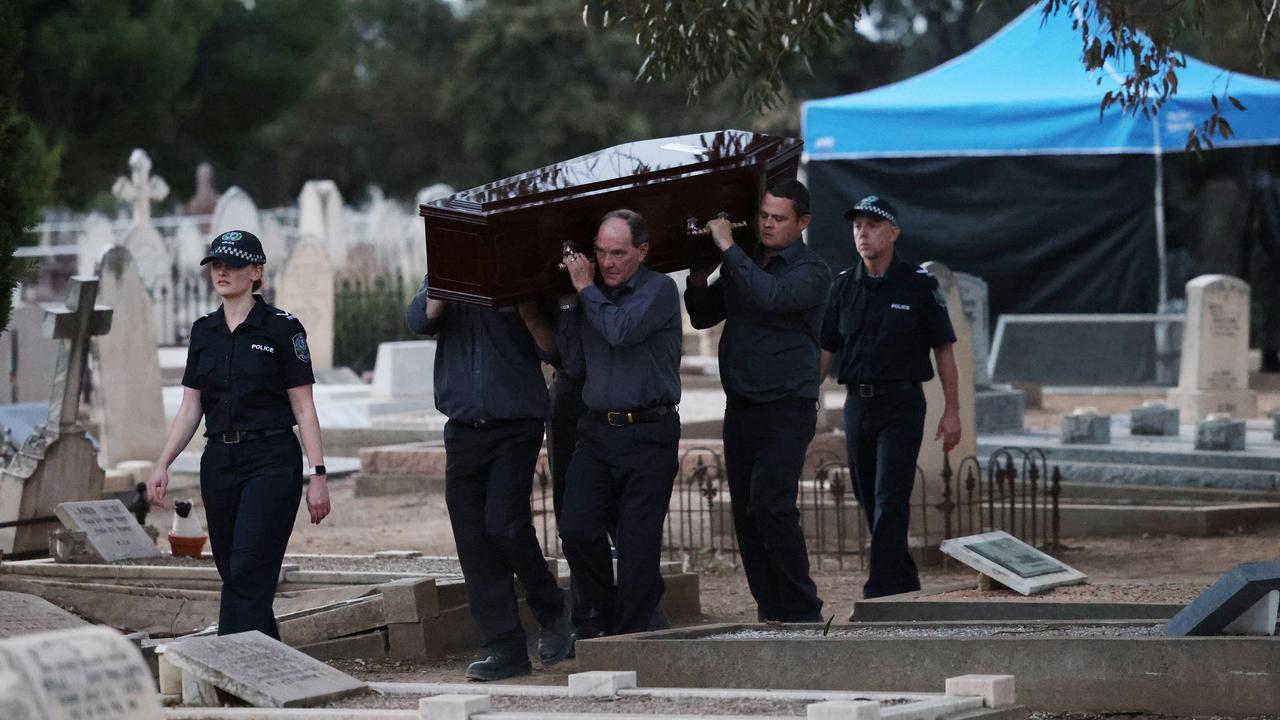
From Daniel Russell at Unanticipated Consequences: “At the start of World War II, all kinds of ideas for novel weapons were being explored as ways to end the war. Perhaps the most unlikely was Project X-Ray, an attempt to arm Mexican free-tailed bats with tiny incendiary charges. The idea came from a dental surgeon, Lytle S. Adams, who had seen the vast clouds of bats flowing out of Carlsbad caverns. After the attack on Pearl Harbor, Adams thought of combining the bats with small, fiery charges that would go off after the bats were dropped from a plane. If the bats were dropped at dawn over a Japanese city, they would look for a comfortable place to spend the daylight hours, then the timed fuses would go off, setting the building ablaze.” (Thanks for this items, David Weinberger!)
How an amateur diver became a true-crime sensation

From Rachel Monroe for The New Yorker: “In December, 2020, Brandy’s husband showed her a video he’d seen on YouTube. It was made by a group called Adventures with Purpose, volunteer salvage divers who investigated cold cases by searching for cars in lakes and rivers. Brandy spent the evening binge-watching their videos, including one about Nicholas Allen, a North Carolina teen-ager who had disappeared a few months earlier, and whose submerged vehicle and body had been recovered by A.W.P. divers. The video showed Allen’s mother, Judy Riley, standing on the shore of a muddy river, sobbing. “I’ve known he was here. I’ve known and I’ve begged and I’ve asked, and today you guys got me my answers,” she said in the video. That evening, Brandy sent A.W.P. a Facebook message: “I’m hoping to find out how you determine which missing persons cases you work? My mother and her car have been missing without a trace since 1991.”
Note: This is a version of my personal newsletter, which I send out via Ghost, the open-source publishing platform. You can see other issues and sign up here.
Unlocking the mystery behind the body found on Australia’s Somerton Beach

From Mike Dash for the Smithsonian magazine: “At 7 o’clock on the warm evening of Tuesday, November 30, 1948, jeweler John Bain Lyons and his wife went for a stroll on Somerton Beach, a seaside resort a few miles south of Adelaide. As they walked toward Glenelg, they noticed a smartly dressed man lying on the sand, his head propped against a sea wall. He was lolling about 20 yards from them, legs outstretched, feet crossed. As the couple watched, the man extended his right arm upward, then let it fall back to the ground. Lyons thought he might be making a drunken attempt to smoke a cigarette. Half an hour later, another couple noticed the same man lying in the same position. Looking on him from above, the woman could see that he was immaculately dressed in a suit, with smart new shoes polished to a mirror shine—odd clothing for the beach.”
The identical twin sisters who ruled the newspaper advice column business for 40 years

From Leopold Froelich for Lapham’s Quarterly: “The master of this journalistic form was Esther Pauline Friedman Lederer (aka Ann Landers, aka Eppie Lederer), who was said at her zenith to have had 90 million daily readers in more than 1,200 newspapers (at a time when the U.S. population was 260 million). Lederer’s only real competitor in the advice-column business was Dear Abby, written by her twin sister, Pauline Esther Friedman Phillips (aka Abigail Van Buren, aka Popo Phillips), who had her own 65 million daily newspaper readers. Born in Sioux City, Iowa, on July 4, 1918, Esther Pauline (Eppie, “Ann”) and Pauline Esther (Popo, “Abby”) were identical twin daughters of Russian immigrants. Their father was a grocery merchant who owned a vaudeville theater.”
How a battle over a kids’ gym turned into the lawsuit from hell

From Andrew Beaujon for The Washingtonian: “Until the previous spring, Cianci had been the owner of a gymnastics facility for young children in Frederick, called the Little Gym, which was part of a national franchise chain. In 2021, the chain was purchased by Unleashed Brands, a private-equity-backed company. After Cianci pushed back against Unleashed’s efforts to change her franchise agreement, the company terminated her franchise. Since then, Cianci had become embroiled in a bruising legal battle with Unleashed—and the fight was about to become more punishing. The company wanted her to testify in private arbitration in Arizona, home to the Little Gym’s corporate headquarters, on February 2 and 3. Through her attorney, Peter Lagarias, Cianci asked for a delay and sent along supporting medical documents, including a note from a nurse midwife in her doctor’s office.”
The buttons on Zenith’s 1956 ‘clicker’ TV remote were a mechanical marvel
:format(webp)/cdn.vox-cdn.com/uploads/chorus_asset/file/24810945/236732_BOTM_Zenith_Space_TV_remote_AKrales_0188.jpg?w=525&ssl=1)
From Andrew Marino for The Verge: “If you’ve ever heard someone refer to a TV remote as a “clicker,” it’s because of Robert Adler’s 1956 creation. The elegant Star Trek-esque gadget pioneered a durable, clicky action for controlling gadgets and a simplicity of form that has since been naively abandoned. When Zenith first started experimenting with wireless remote controls, it used beams of light that the television could receive to communicate a command, eventually debuting the Flash-Matic in 1955. Then Zenith’s engineers tried an even simpler approach that didn’t require batteries at all, using sound instead of light. By pressing a button on the remote, you set off a spring-loaded hammer that strikes a solid aluminum rod in the device, which then rings out at an ultrasonic frequency. Each button has a different length rod, thus a different high-frequency tone.”
You can use Fibonacci numbers to convert miles into kilometres and vice versa
From Massimo on Twitter


Bridgy Response
Bridgy Response
Bridgy Response